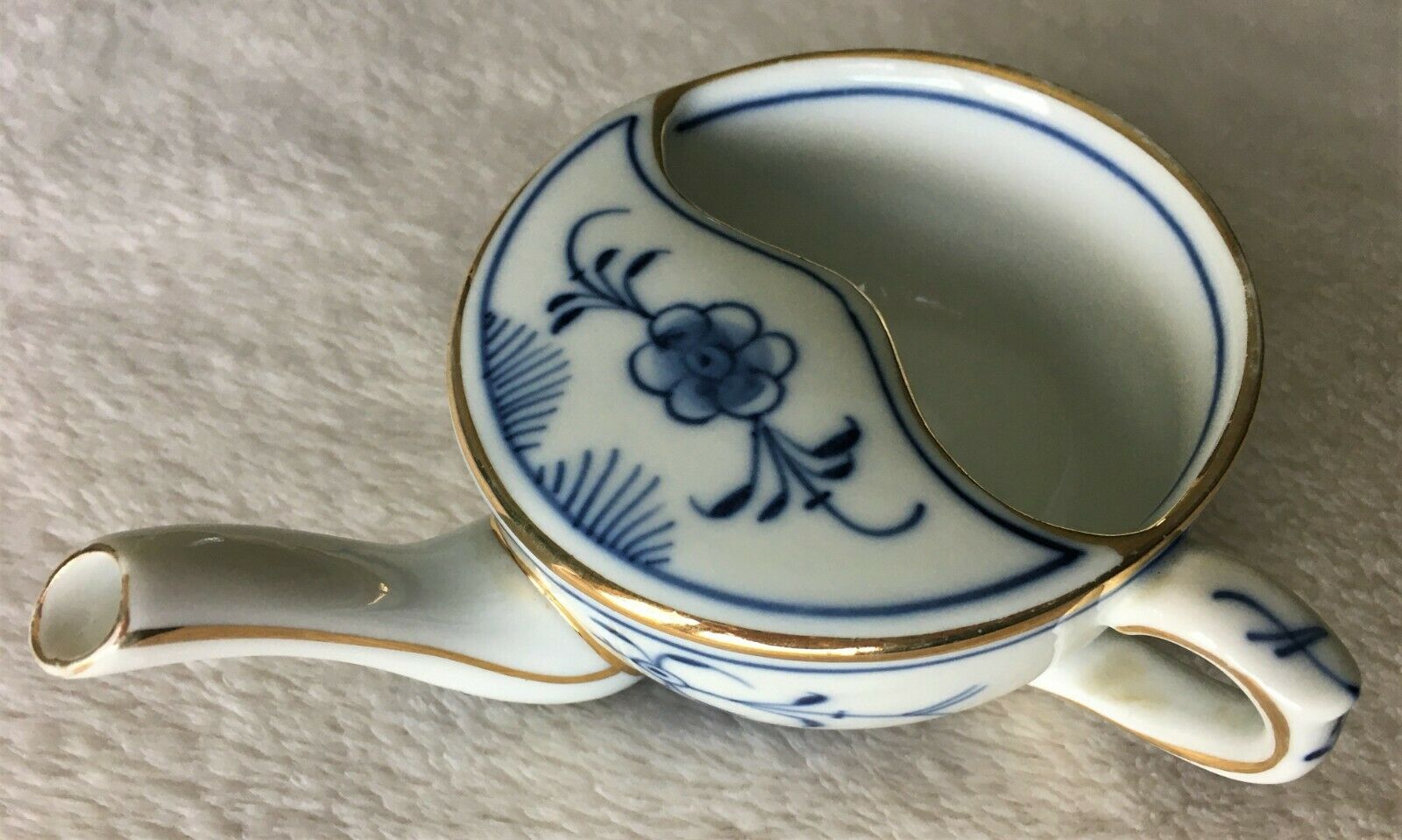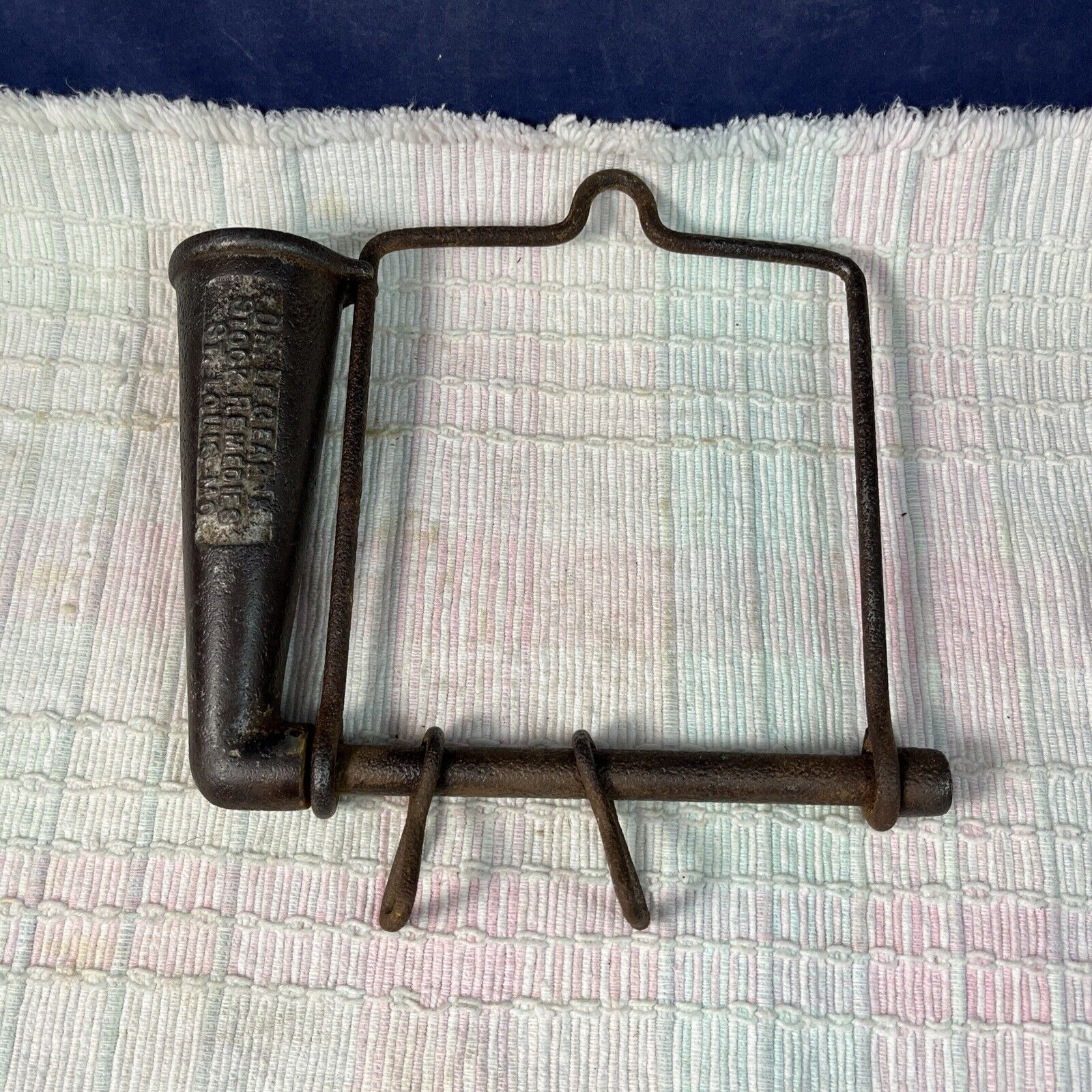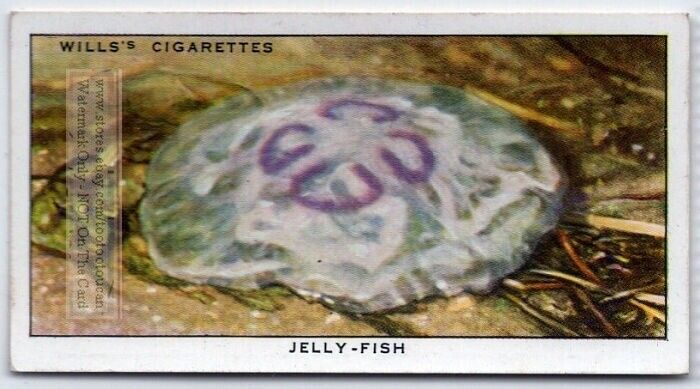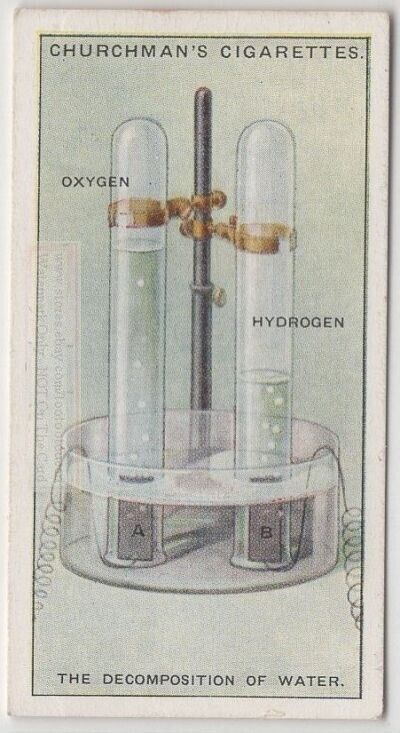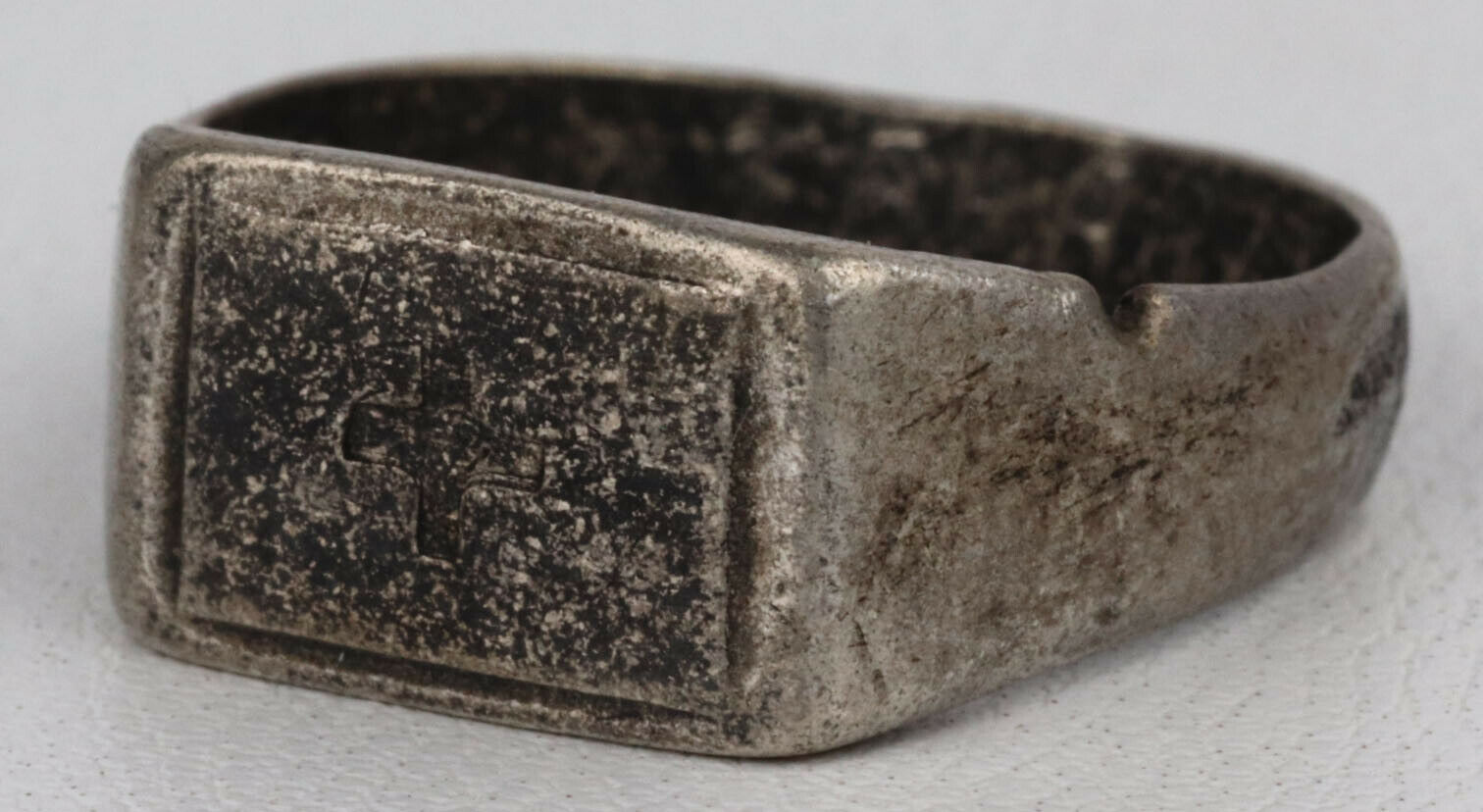-40%
Parke Davis 1905 folder ANTI DIPHTHERITIC SERUM #2 Horse derived Guinea Pig test
$ 7.78
- Description
- Size Guide
Description
Parke Davis vintage folderANTI-DIPHTHERITIC SERUM
; circa 1905. Horse derived Medicine; Guinea Pig tested
Free
Shipping
to U.S.
Up for sale is.......
a small antique folder (brochure) from
Parke, Davis & Company
Describing their antitoxin
Anti-Diphtheritic Serum No. 2
This brochure is not dated, but it does state “
during the past seven years (Parke Davis) have marketed several million doses of
Antidiphtheritic Serum
.
”
A very similar item, as is pictured in this folder, can be found on the Smithsonian website, dated 1898.
Parke, Davis & Co. developed one of the earliest commercial antitoxins manufactured in America.
In 1898, Parke, Davis published a scientific paper
that described in greater detail the process that is summarized in this small folder -
CLINICAL REPORTS OF THE EMPLOYMENT OF
PARKE
,
DAVIS
& CO.'S PRODUCT IN HOSPITAL, MUNICIPAL AND PRIVATE PRACTICE.
(from the 1898 article):
This serum, which is the serum obtained directly from the blood of the immunized
horse
-
i
. e., it has not been artificially concentrated - is about twenty times as strong as the serums on the market three years ago.
Horses, as human beings, have their own individual characteristics, that must be taken into consideration in order that the best results may be produced. The amount of toxin and the length of treatment necessary to immunize animals so that they will produce antitoxins of a given strength vary within wide limits. Some horses will produce a strong antitoxin for a time and then, notwithstanding the fact that we can inject very large and increasing quantities of toxin, the serum will become much weaker…After the horses have been treated for a considerable time and are able to resist large amounts of the toxins, test quantities of blood are drawn from the jugular vein, observing the most careful aseptic and antiseptic precautions, into sterilized flasks or tubes, and placed in the refrigerator.
The therapeutic value of the serum must now be determined before it is finally filled into suitable containers for marketing. Several methods for standardizing the serum have been proposed, but the one most generally accepted in this country is substantially as follows:
Half-grown guinea-pigs are the animals employed. Ten times the fatal dose of diphtheria toxin is mixed with variable quantities of the serum containing the antitoxin, then injected subcutaneously into the animals.
{enlarged to show detail}
The folder measures 3.25” x 6”
(closed); 6” x 6.5” (opened).
CONDITION
– This early Twentieth Century folder has a bit wear and tear, but it is complete.
**********************
Feel free to ask questions
Thanks for looking!
FREE shipping
to
U.S.
Shipping is nine dollars to Canada; Shipping everywhere else is eleven dollars.
I will use protective packaging to insure
safe delivery
– check my feedback!



